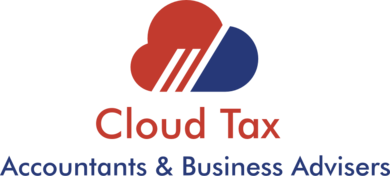The Flexible Furlough Scheme which began a month earlier than was planned on 1st July 2020. From that date, employees can be flexibly furloughed allowing furloughed employees to return to work part time and be furloughed for their usual hours that they do not work.
Conditions
From 1 July 2020 only employees that employers successfully claimed a previous government grants for will be eligible for more grants under the Job Retention Scheme.
This means they must have previously been furloughed for at least three consecutive weeks taking place any time between 1 March and 30 June 2020.
This means that a grant cannot be claimed for an employee who has been working reduced hours throughout. The employer pays the employee for the hours that they work and claims a furlough grant for the furloughed hours. The employee continues to receive ‘minimum furlough pay’ for the furloughed hours, equal to 80% of their pay up to the maximum amount equivalent to £2,500 a month.
The scheme will remain open until the end of October and will continue to support jobs and business in a measured way as people return to work, our economy reopens and the country moves to the next stage of its recovery.
Employers to start meeting costs
Although employees will continue to receive 80% of their wages based for their furlough hours up to the maximum amount (equivalent to £2,500 per month) in July. However, the employer will additionally start to meet some of the costs from 1 August relating to employer’s National Insurance and the associated minimum pension contributions due under auto-enrolment.
The amount that the scheme will cover will begin to decrease from September 2020 to 70%, and employers will be responsible for all of the national insurance and pension contributions from August 2020, regardless of the employee being on flexible furlough.
For October, this reduces to 60% of the employee’s pay (up to a maximum equivalent to £1,875 per month). The employer must top up the grant so that the employee receives 80% of their wages up to the maximum amount.
For further information as to how the calculation is exactly working, pleased email us on info@cloudtaxltd.com or see here.
For more information, Book a free consultation

